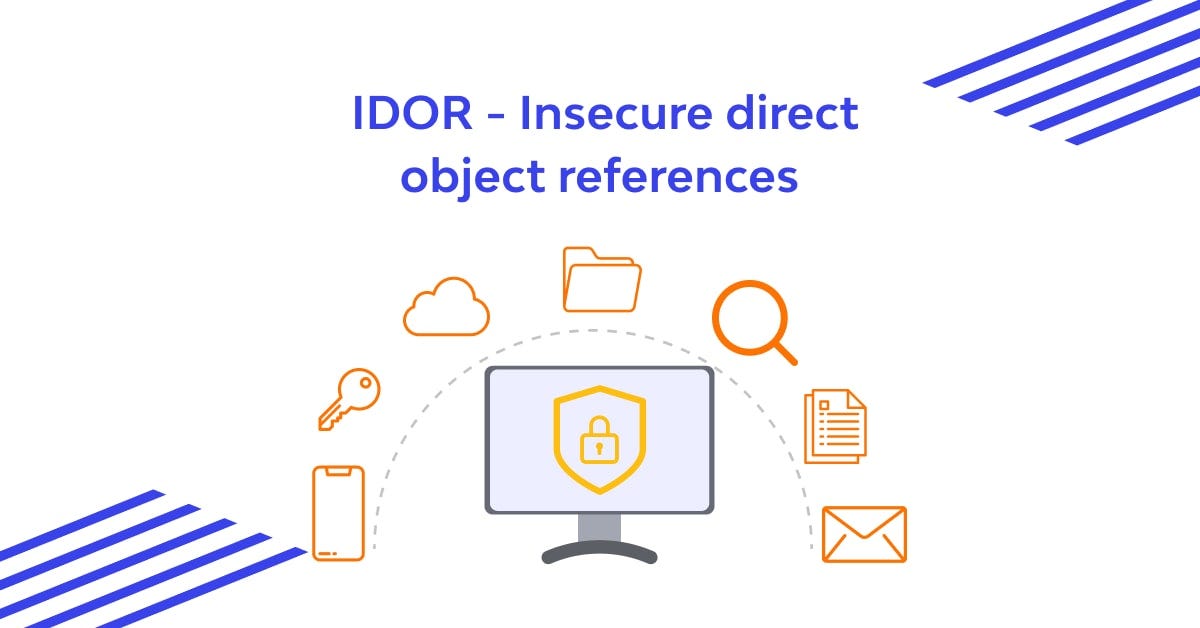BOOK THIS SPACE FOR AD
ARTICLE ADAnother misconfiguration found last week, because this has more content I thought of releasing last blog before this one so that I will get some more time to better relate the things and make it more digestible for you guys. I hope you will enjoy this one too…😃
Let’ StartWhile working on a target, I found a web server running on Lotus Domino Server exposing the Web Server Configuration page allowing to modify the Database and Configuration of the forms. Furthermore, I was able to access other sensitive endpoints of Lotus Domino Server that leads to exposure of Active Directory Details, PII Data of Employees, ACLs, etc. The exposure of data allowing an attacker to understand the configuration of AD, ACLs, etc that can be used to attack the organization infrastructure in future.
Let’s take our target as redacted.com .I always start with understanding the web application like what technology stack is being used, what are functions/features available such as Login, Sign-Up, Edit User profile, Upload profile picture, Comment, etc. This is the manual step I perform while below scanning/ enumeration is being performed by my recon script at the backend. Let’s take a deep dive into what my recon script will give after hitting so many APIs and endpoints.The first phase of the script performs subdomain enumeration using multiple tools such subfinder, amass, findomain, assetfinder, puredns, alterx, etc. The script will perform both passive and active subdomain enumeration.echo ("------Subdomain Enumeration Started-------")# Passive Enumeration
$ subfinder -d redacted.com -o subfinder.txt
$ amass enum -d --passive redacted.com -o amass.txt
$ echo redacted.com | assetfinder --subs-only | tee assetfinder.txt
$ cat subfinder.txt amass.txt assetfinder.txt | sort -u | anew Psubdomains.txt
# Active Enumeration
$ puredns bruteforce subdomains-wordlist.txt redacted.com -r resolvers-wordlist.txt -w puredns.txt
$ cat subdomains.txt | alterx | anew alterx.txt
$ cat alterx.txt puredns.txt | sort -u | anew Asubdomains.txt
# Sorting and Collecting active and passive subdomains
$ cat Asubdomains.txt Psubdomains.txt | sort -u | anew subdomains.txt
$ cat subdomains.txt | httpx -mc 200 | anew alive-subdomains.txt
# Checking subdomains with httprobe
$ cat subdomains.txt | httprobe | anew webs.txt
$ cat subdomains.txt | httpx -sc -title -td | anew httpx.txtFrom the above file httpx.txt I will get the status code of each subdomains including 200 as well, I have to perform this step because subdomains with status code 302, 403 are also interesting subdomains that I always check. The script will have more phases such as port scanning, nuclei scans, directory fuzzing, content discovery, etc.The starting point for this misconfiguration I got from third phase, I found a subdomain say https://notes.redacted.com with status code 302 and technology stack HCL Domino, HSTS, and Java.
Why this subdomain caught my eye because I was reading about Lotus Domino Server and its misconfiguration 2–3 weeks back, so I wanted to try some exploitations and misconfigurations I have learned.
The script was performing all its operations in parallel I have started manually analyzing the subdomain. Let’s start with the subdomain analysis.Lotus Domino can be used as a Web server and/or as an application server for the Lotus Notes application, the client side of a client-server collaborative application. Domino provides email, calendars, instant messaging (with additional HCL software voice- and video-conferencing and web-collaboration), discussions/forums, blogs, and an inbuilt personnel/user directory.
[2.1] Playing with Lotus Domino Endpoints — FUZZING THE WEB
Now, I have lotus domino server in front of me so its obvious I have to use the wordlists containing sensitive endpoints related to Lotus Domino Server. I found multiple interesting endpoints that are exposing huge amount of PII Data about the employees, server configurations, AD configurations, etc. Let’s see what each of these endpoints exposing the information:Endpoint — /domcfg.nsf. This endpoint if accessible publicly then exposes the Web Server Configuration page. In this scenario, I have found that I can modify the Login Forms data and also change the Database.Without wasting much time on the theory let’s understand what is the impact ad remediation part of it:
The misconfiguration exposes huge amount of sensitive information about the AD configuration, Domain configuration, Server configuration, Employees PII Data, etc. These information can be used to understand the structure of the AD and other configuration that aids the attacker to exploit it using AD vulnerabilities or other loop holes available.The customer notes and other information about an organization customers can be used by their competitors which help them to make their strategies more powerful which will affect the organization in business revenue.Whenever any of the third-party service or web servers exposing internal/sensitive paths then it means either the web server is deployed without changing the default settings or development mode of the application is not switched off. It means before deploying any application to the internet every settings should be properly reviewed to prevent such kind of misconfigurations.Always FUZZ based on the technology stack and always dig deep, say you found /admin — 403, then try fuzzing for https://example.com/admin/FUZZ URL to check if any other endpoint accessible without admin login.
I’ll share more phases of my recon script in next blog because only these phases are required to setup the context for this blog.
Thanks for reading, hope you enjoyed and learned something from this blog.
If you have any questions, DM at https://twitter.com/AayushVishnoi10.
.png)
 11 months ago
58
11 months ago
58 














 Bengali (Bangladesh) ·
Bengali (Bangladesh) ·  English (United States) ·
English (United States) ·